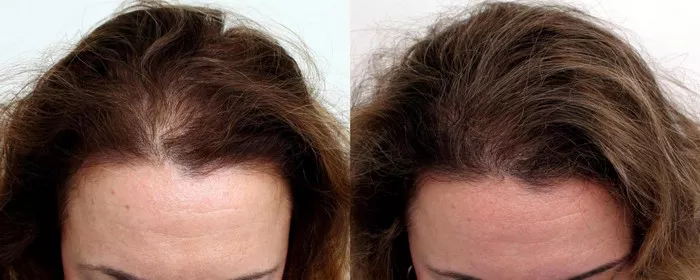Undergoing a hair transplant procedure is an exciting step towards regaining a fuller, more vibrant head of hair. As part of the healing process after the surgery, scabs may form in the transplanted area. While these scabs are a natural part of the recovery, it is important to handle them with care to promote optimal healing and minimize the risk of complications. In this article, we provide insights into safely removing hair transplant scabs, guiding you through effective techniques to support the healing journey and enhance the overall outcome of your transplant.
What Is Hair Transplant Scabs ?
After a hair transplant, scabs can form in the areas where hair follicles have been transplanted. These scabs are a result of the body’s natural healing response and are composed of dried blood, serum, and other fluids that help protect the grafts during the initial healing phase.
Importance of Proper Scab Removal:
While it may be tempting to pick or scratch at the scabs, it is crucial to resist this urge. Improper removal can disrupt the healing process, increase the risk of infection, and potentially damage the transplanted hair follicles. Following appropriate scab removal techniques ensures a healthy healing process and supports the successful growth of the transplanted hair.
Preparing for Scab Removal:
Before attempting to remove hair transplant scabs, it is essential to allow sufficient time for the scabs to naturally loosen and begin to detach. Typically, scabs will start to soften and come off between seven to fourteen days after the hair transplant procedure. It is important to follow your surgeon’s specific post-operative instructions regarding scab removal timelines.
Gentle Cleansing:
To facilitate the softening and loosening of the scabs, your surgeon may recommend gentle cleansing of the transplanted area. Use a mild, non-medicated shampoo or a prescribed saline solution to cleanse the scalp. Gently apply the cleanser or solution to the transplanted area using a soft cloth or your fingertips. Avoid rubbing or scratching the scalp, as this can disrupt the healing process.
Moisturization and Softening:
Moisturizing the transplanted area can help soften the scabs, making them easier to remove. Your surgeon may provide a recommended moisturizer or suggest natural alternatives such as aloe vera gel or a non-scented, hypoallergenic moisturizer. Apply the moisturizer carefully, avoiding excessive pressure or rubbing.
Patience and Avoidance of Manipulation:
The key to safe scab removal is patience. Allow the scabs to naturally soften and loosen before attempting any removal. Avoid picking, scratching, or forcefully pulling at the scabs, as this can lead to trauma and potential damage to the grafts. Manipulation of the scabs should be strictly avoided to prevent complications.
Gentle Washing and Rinsing:
As the scabs start to loosen, you can gradually increase the intensity of your washing and rinsing technique. Gently massage the transplanted area with your fingertips while washing, using circular motions to help dislodge the scabs. Be cautious not to apply excessive pressure or use harsh scrubbing motions.
Steam and Moist Heat:
The application of moist heat or steam can aid in softening the scabs and making their removal easier. Before attempting any heat therapy, consult with your surgeon to ensure it is appropriate for your specific case. If recommended, use a warm, moist towel or a facial steamer to gently apply heat to the transplanted area for a few minutes before cleansing.
Post-Scab Removal Care:
After the scabs have naturally loosened and detached, continue following your surgeon’s post-operative instructions for proper care. This may involve gently washing and conditioning the transplanted area, avoiding exposure to direct sunlight, and protecting the scalp from any trauma or injury.
Conclusion:
Safely removing hair transplant scabs is an important part of the healing journey after a hair transplant procedure. By following proper techniques and allowing the scabs to naturally loosen and detach, you can minimize the risk of complications and promote optimal healing. Remember to be patient, avoid manipulation, and consult your surgeon for personalized guidance.
The road to achieving the desired outcome of your hair transplant involves dedication, care, and adherence to post-operative instructions. As the scabs gradually disappear, you can look forward to the growth of your newly transplanted hair, knowing that you have taken the necessary steps to support its success.


